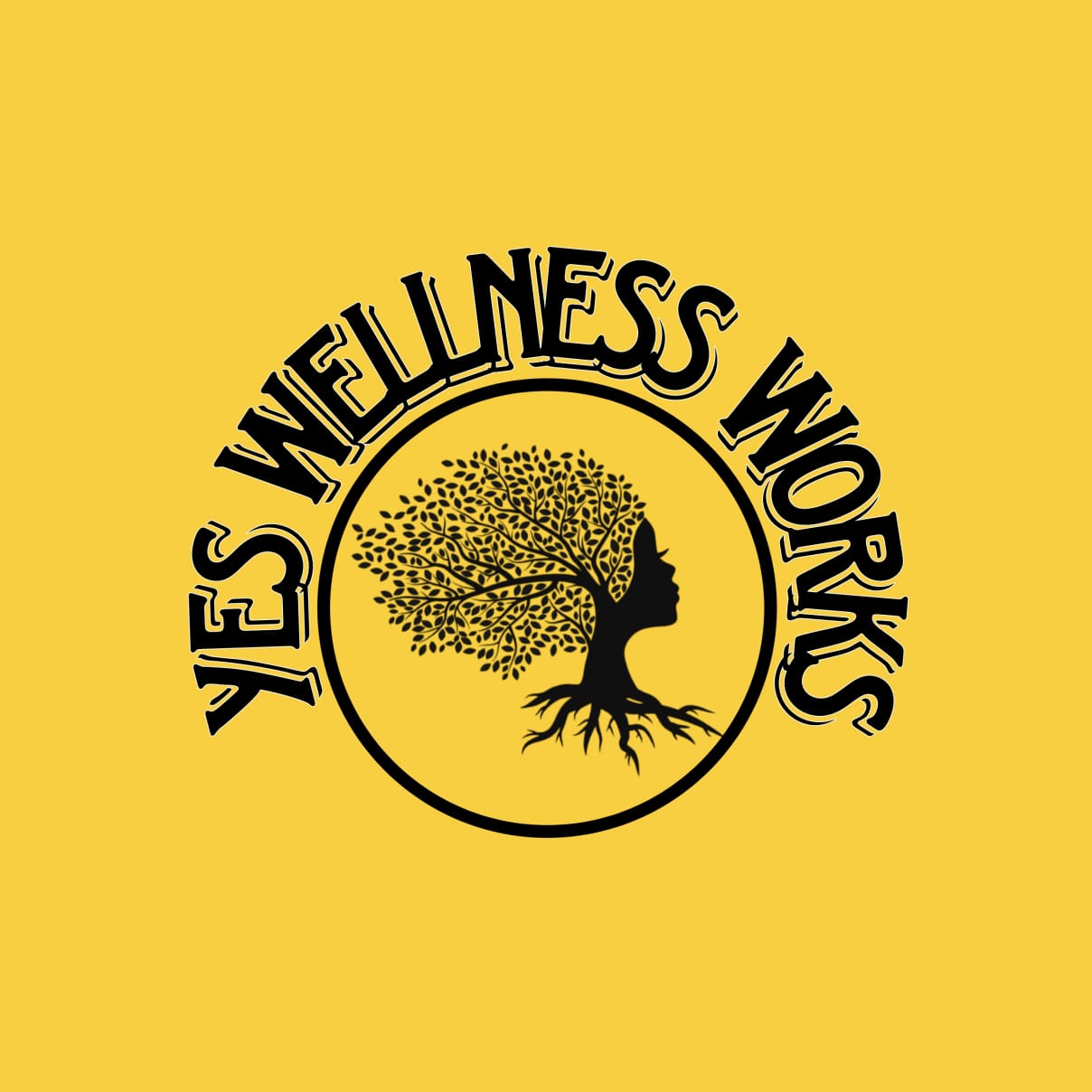
Unhealed Trauma: 5 Hidden Trigger Behind Poor Health and Chronic Illness
Introduction: How Trauma Lingers Beyond the Mind
When we think of trauma, we often associate it with memories, flashbacks, or psychological distress. But trauma doesn’t just live in the mind; it settles into the body. Unhealed emotional wounds of the past continue to shape our daily functioning. From disturbed sleep and erratic digestion to weakened immunity and behavioral imbalances, the aftershocks of unhealed trauma are real, deep, and often overlooked.
What Is Unhealed Trauma?
Unhealed trauma refers to emotional injuries that haven’t been properly processed or resolved. These may stem from childhood neglect, abuse, loss of a loved one, relationship betrayal, or witnessing violence. Unlike physical wounds that leave visible scars, emotional wounds are silent yet powerful, shaping our reactions, health, and even our identity.
Its Connection to Physical Health
There is growing scientific evidence showing how emotional wounds directly impact physical health. When trauma is left unprocessed, the nervous system remains stuck in survival mode. The body constantly releases stress hormones like cortisol and adrenaline, even when no immediate threat exists. Over time, this wears down bodily systems, leading to inflammation, hormone imbalances, and chronic illness.
The Impact on Sleep Patterns
Sleep is often the first area affected by unhealed trauma. People with unresolved emotional pain may experience insomnia, nightmares, night sweats, or frequent awakenings. This happens because the brain is still hyper-vigilant, on guard against perceived danger. Lack of restful sleep not only affects mood and energy but weakens the body’s ability to repair itself, making one more vulnerable to disease.
Digestive Distress: When the Gut Feels the Pain
Emotional wounds can literally be felt in the gut. The gut-brain axis is a communication network linking our brain and digestive system. Stress and trauma disrupt this axis, leading to issues like irritable bowel syndrome (IBS), acid reflux, bloating, or chronic constipation. When emotional pain goes unhealed, the gut bears the brunt, often in silence.
How it Weakens Immunity
Chronic emotional stress is a known suppressor of the immune system. Prolonged exposure to trauma keeps the body in a constant state of alert, which impairs the production of protective immune cells. As a result, people with unresolved trauma may experience frequent infections, slower wound healing, and increased susceptibility to autoimmune disorders.
Behavioral Consequences of Carrying Emotional Wounds
Unprocessed trauma often manifests in behavior long before it is consciously acknowledged. This includes mood swings, irritability, emotional outbursts, withdrawal, people-pleasing tendencies, or self-sabotage. These behaviors are coping mechanisms developed to survive emotional pain. Over time, they can interfere with relationships, work, and self-esteem.
Chronic Illness and the Link to Emotional Trauma
Conditions like fibromyalgia, chronic fatigue syndrome, migraines, autoimmune diseases, and even cardiovascular issues are increasingly being linked to unresolved trauma. The body remembers what the mind forgets. Without healing the root emotional causes, treatment of these conditions may only offer temporary relief.
Why Emotional Healing Is Essential for Physical Health
Ignoring emotional wounds can be as dangerous as ignoring a physical injury. Healing trauma requires conscious effort, support, and time. Practices like psychotherapy, trauma-informed yoga, EMDR (Eye Movement Desensitization and Reprocessing), breathwork, journaling, and mindfulness help process these wounds at a cellular level.
Acceptance and Awareness: The First Steps to Healing Emotional Wounds
The healing journey begins with accepting that emotional pain exists and impacts your body. Bringing awareness to the connection between mind and body is the first act of self-compassion. Once acknowledged, these emotional blocks can be gently released, paving the way for lasting health.
Practical Tools to Begin Healing
- Therapy: Seek trauma-informed therapy to understand and work through past wounds.
- Body-Based Practices: Engage in movement, somatic therapy, or dance to help the body release stored emotional wound
- Mindfulness and Meditation: Regular meditation calms the nervous system and fosters emotional clarity.
- Breathwork: Controlled breathing resets the stress response and helps release emotional tension.
- Sleep Hygiene: Establish routines that improve the quality of sleep and rest.
Conclusion: Healing the Invisible Wounds
It isn’t just a psychological concern—it’s a full-body experience that can quietly erode your health over time. Recognizing the silent impact of emotional wounds on digestion, immunity, behavior, and chronic disease is a critical step toward true healing. When we begin to heal emotionally, we create space for physical restoration, peace of mind, and a healthier, more connected life.
Remember: Healing isn’t linear. But every small step you take toward emotional recovery supports the body’s natural wisdom and its deep desire to return to balance.

Middle Section: “Emotional wounds affect sleep, digestion, mood, and immunity.”
Bottom Section: “Left untreated, these
